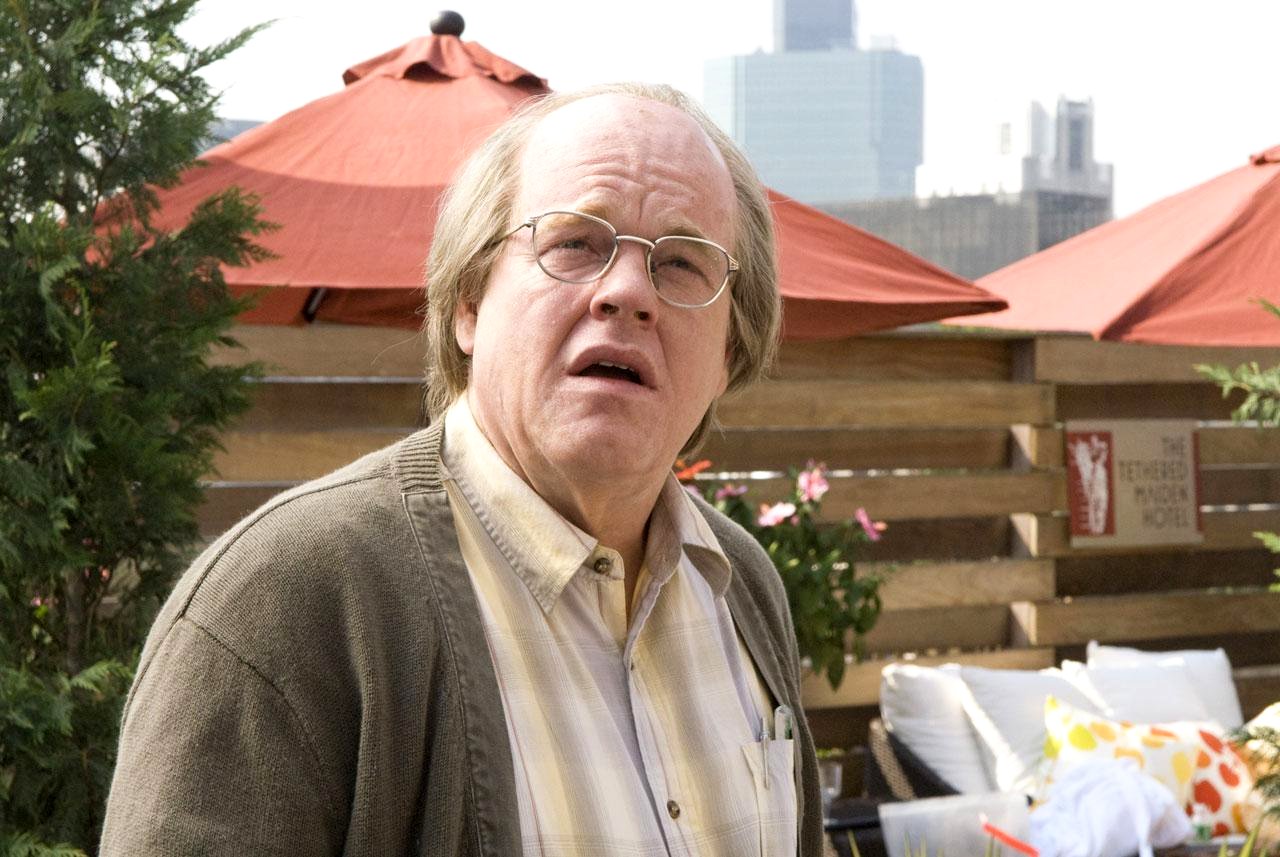
Andre Bazin wrote explicitly about film and theater in his two-volume work, “What Is Cinema?” There was much debate about the originality, adaptation, and staging of early films that continued to be discussed and discovered over the history of cinema. Now, films and theaters are completely different, but certain films and filmmakers fuse the reality and fictional elements of this play. Therefore, here are 10 films that blur the line between theater and film, challenge the notion, and explore the traits that make these undeniably filmmatic works but are truly grounded in theater.
1. Melo (1986) – Alain Resnais
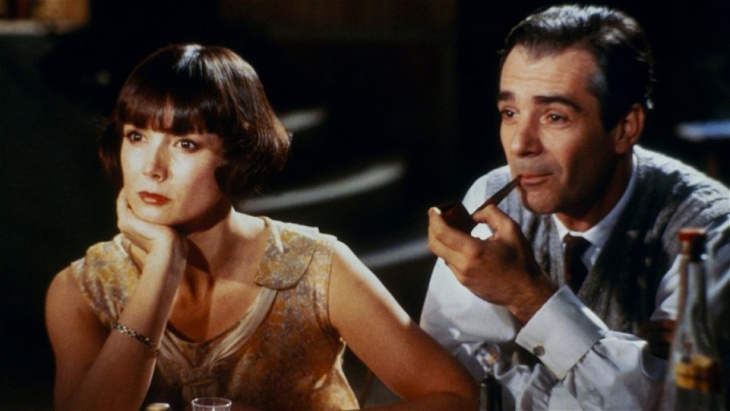
Adapted from the 1929 play by Henri Bernstein, Alain Resnais theatrically stages his play around three star-crossed lovers on sound stages recreating the time and atmosphere. The film is heavy on artifice and the creation of the world due to design, color, and lighting, but it’s the ambience and intellect that keeps this film in mind.
Resnais regular Sabine Azema is the link between Pierre Arditi and Andre Dussollier, two friends who used to perform together but now diverged on different paths. Over the course of the music-filled film, we learn what went wrong, experimenting with memory, and of course, time.
The performances can be a bit altering, almost at a distance as performed in the theater, similar to the camerawork. Perhaps that’s what makes the film so unique and polarizing at times. Regardless, Resnais continued to make films in a theatrical manner, but here, it almost seemed like a transition from his earlier films to his later ones.
2. Caesar Must Die (2012) – Paolo and Vittorio Taviani
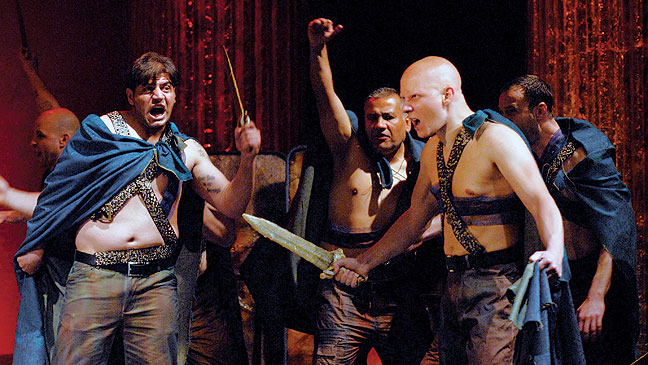
A hybrid film, documentary and live performance of Shakespeare’s “Julius Caesar,” all portrayed by convicts within the walls of Rebibbia Prison, outside of Rome. The Taviani brothers have always made films that invite the audience to truly connect and be part of the experience; they simply don’t spoon feed you and here it is no different.
Filmed in a clear yet brutal black and white, establishing a documentary feel, we learn about these prisoners and the lifelong sentences they are currently serving. However, with a new spark of life injected into them for being part of one of Shakespeare’s beloved tragedies, we witness their own awakening. We see them become the best human beings possible through exploring the characters at hand, much like professional actors being touched by the theater roles they go into.
As the film plays out, literally on stage with the prisoners performing Caesar, we see the change in them, not as convicts but as people. The Taviani brothers show how theater can ultimately change someone’s life, and in doing so, they captured it on film.
3. Synecdoche, New York (2008) – Charlie Kaufman
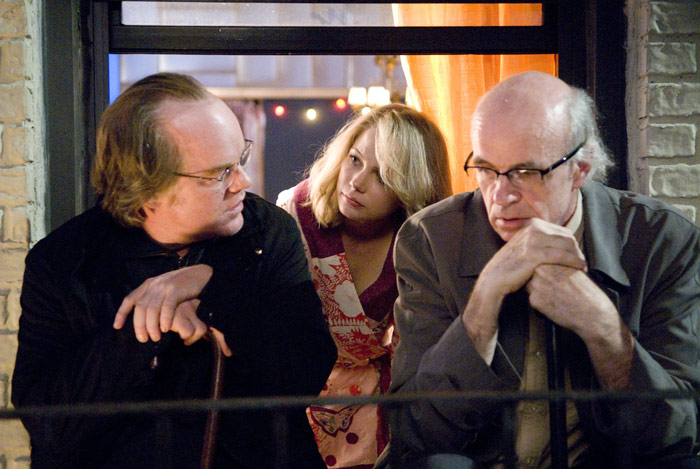
Despite years of writing some of the most imaginative and original screenplays, Charlie Kaufman never stepped behind the camera until this masterwork, where he surely did not disappoint. The analysis and critique ranges from the miniature paintings to burning houses to a surreally sized warehouse, but the film is about a person’s mind and psychology, exhibited through producing a large-scale play of his own life.
Of course, Phillip Seymour Hoffman holds the strings of this metaphysical film at play with his relationships and lovers, and their stand-in actors for what develops into a large web of overlap, almost of screwball pursuits; but it’s the second half of the film, dedicated to truly performing arts. We watch Hoffman’s Cotard give direction, assist in getting the mindset of the actor, and figure out along the way what the play is truly about.
Kaufman’s films need to be rewatched just to get the surface into your own mind. But for two hours, we enter the mind of Cotard as he struggles to put his pain, joy, hope, and despair and everything in-between into his play about his life.
4. Opening Night (1977) – John Cassavetes
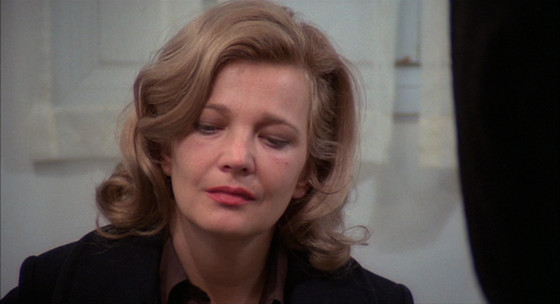
A film about people and those people happen to be in the theater. From the backstage conversations, drunkenly acting and even directing stage performances, seen from the audience, John Cassavetes’ group shines and we see another tour de force from Gena Rowlands.
After the accidental death of a fan, Rowlands, a dedicated actress who gets her kicks from acting and nothing else, spirals into a lost digression of her own life. We witness what she does to those closest around her, who of course are part of the plays’ production. Cassavetes has always placed the actors first and since combining film and theater here, the actors truly shine in their performances and on stage performances. It makes sense that Cassavetes only had to make a film revolving around theater folk.
The creative process, acting method, and the reason they do it night after night are all explored. Cassavetes uses the stage as another layered approach for actors to leave it all on the stage, literally and figuratively.
5. Celine and Julie Go Boating (1974) – Jacques Rivette
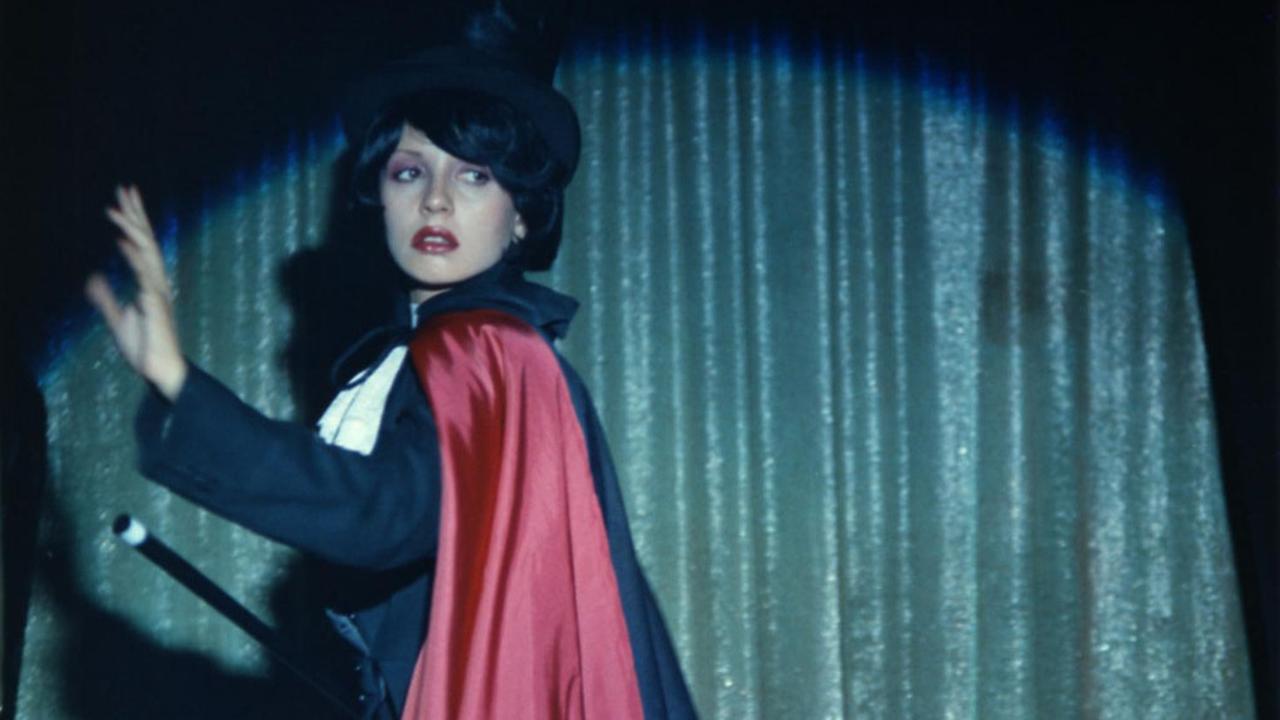
A man who explored performance and theater his whole career from “Paris Belongs to Us,” “Out 1,” “Gang of Four” and “Who Knows,” Jacques Rivette might have hit his high point of bringing the absurdity, magic, and artsiness to “Celine and Julie.” At a whopping three hours and 14 minutes, Rivette doesn’t hold back as he descends down the rabbit hole.
Magician Celine and librarian Julie embark on an adventure in the vein of “Alice in Wonderland,” utilizing haunted houses and magic candy, all without losing the staged performance and theatrically of the film. It is a highly unpredictable film where you don’t know where each turn will lead you – just take the mystery in the house toward the end of the film.
Rivette adored the theater and always fused the two into his work. Whether staged like a play, having a theater group as the main characters, or experimenting in form, he always pushed further. And here with “Celine and Julie,” he might have gone to his heights but never descended away from it either, instead going off in different directions.